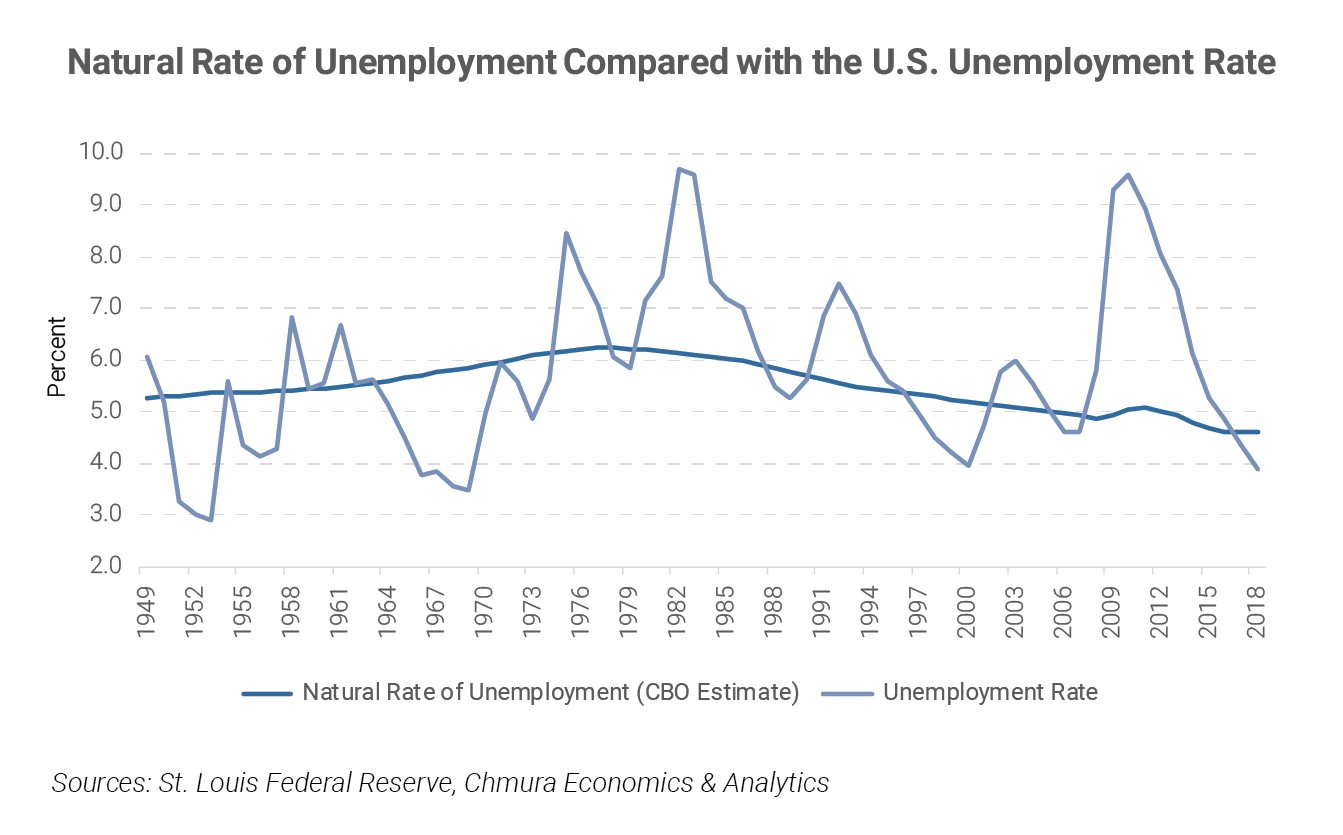
The U.S. unemployment rate hit a remarkable 50-year low of 3.4% in April 2023, prompting questions about just how low this economic indicator could potentially go. While some might dream of unemployment dropping to levels like 1.5%, the reality is more complex and nuanced.
Recent data shows the national unemployment rate hovering around 4% as of January 2025, which remains historically low. However, individual states have demonstrated that even lower rates are possible - South Dakota achieved a 1.9% unemployment rate in 2024.
The lowest national unemployment rate ever recorded was 2.5% in 1953, lasting just two months. Several factors prevent the rate from dropping substantially lower:
Structural Barriers Certain demographic groups face persistent employment challenges, including educational gaps and discrimination. Black unemployment consistently runs about double the rate of white unemployment. Some Native American reservations experience unemployment rates as high as 80%.
Natural Labor Market Movement Economists point to "frictional unemployment" - the natural movement of workers between jobs or from school to work - as a healthy and necessary component of the labor market. This job-seeking period allows workers to find optimal positions that match their skills.
Economic Warning Signs Unemployment below 2.5-3% could signal serious economic issues:
- Extreme labor shortages
- Wage inflation leading to price increases
- Workers taking suboptimal jobs due to pressure
- Possible workforce exodus of harder-to-employ individuals
Technology's Double Edge While improved job-matching technology might reduce frictional unemployment, extensive automation could push unemployment artificially low by making human labor less valuable or necessary. Despite rapid advances in artificial intelligence and growing concerns about workforce automation, evidence suggests that human labor will retain its value even in a world with artificial general intelligence (AGI).
The consensus among economists suggests that while unemployment could theoretically fall below recent historic lows, such a development might indicate underlying economic problems rather than strength. A healthy U.S. economy appears to function best with unemployment in the 2.5-4% range, balancing worker opportunity with sustainable economic growth.